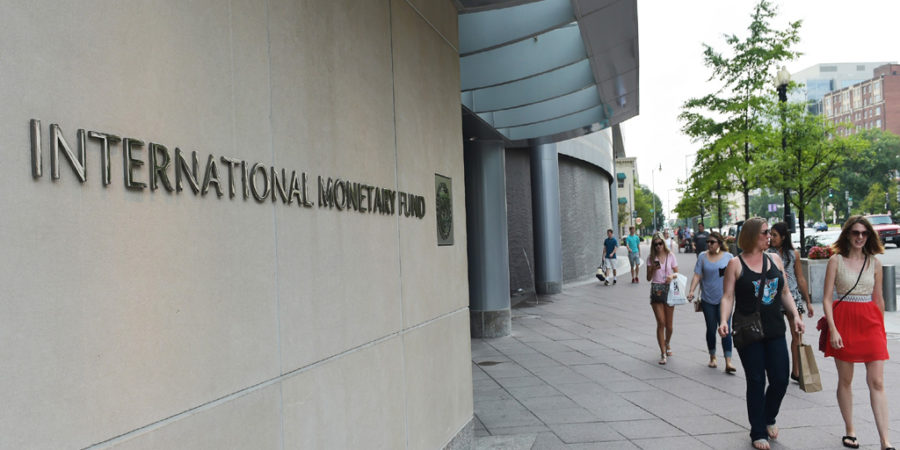IMF says Pakistan outlook ‘favourable’, warns of risks

ISLAMABAD, JUN 17 (DNA) – The International Monetary Fund (IMF) said the outlook for Pakistan’s economy was “favourable”, citing Chinese infrastructure investments among reasons for growth, but warned of risks to recent progress.
Confidence in insurgency-hit Pakistan is growing, with the IMF saying last year that the country had emerged from crisis and stabilised its economy after completing a bailout programme.
However the IMF warned in a report on Friday that macroeconomic stability gains have started to erode and could pose risks to the economic outlook.
“Pakistan’s outlook for economic growth is favourable, with real GDP estimated at 5.3 percent in … 2016/17 and strengthening to 6 percent over the medium term on the back of stepped-up China Pakistan Economic Corridor investments, improved availability of energy, and growth-supporting structural reforms,” the report said.
“However, macroeconomic stability gains … have begun to erode and could pose risks to the economic outlook,” it added.
Prime Minister Nawaz Sharif vowed to boost the long-depressed economy after winning a third term in 2013.
Encouraged — and undeterred by domestic debt of $182 billion — Islamabad set an ambitious yearly growth target of 5.7 percent for 2016/2017. The World Bank predicted 5.4 percent growth by 2018.
Hopes are pinned on the China-Pakistan Economic Corridor, a $46 billion initiative by Beijing that aims to link the Asian superpower’s Xinjiang region with the Arabian Sea through Pakistan.
The plan encompasses a series of infrastructure, power and transport upgrades that Islamabad hopes will kickstart the economy.
But experts say the deal is opaque, and much more transparency is needed before they can assess any impact for Pakistan — including, for example, whether the $46 billion is an investment or a loan. According to Friday’s IMF report, Pakistan’s current account deficit has widened and is expected at 3 percent of GDP in 2016-17 or mor than $9 billion, driven by fast rising imports of capital goods and energy.
It said Pakistan’s foreign exchange reserves have declined in the context of a stable rupee-dollar exchange rate, urging Islamabad to allow greater exchange rate flexibility.
Over the last two weeks, official foreign currency reserves decreased by more than $1.5 billion.
Related News

Without cheaper electricity, Pakistan’s factories will struggle: ICCI
ISLAMABAD, JUL 15 /DNA/ – The leadership of the Islamabad Chamber of Commerce and IndustryRead More

UK, Pakistan agree new business advisory council at inaugural trade dialogue
Ministers from the UK and Pakistan have announced new measures to boost trade between theRead More


Comments are Closed